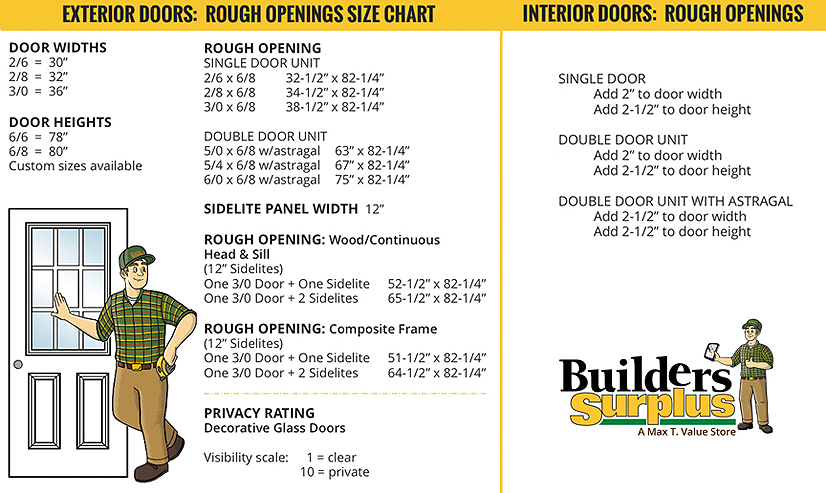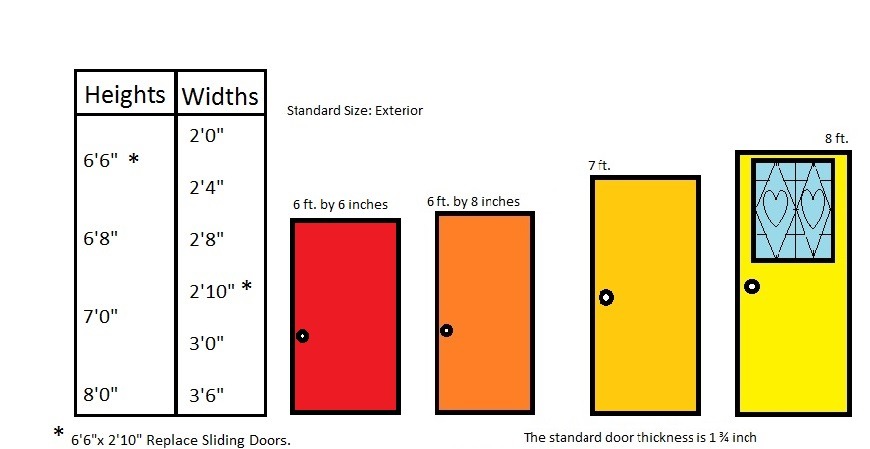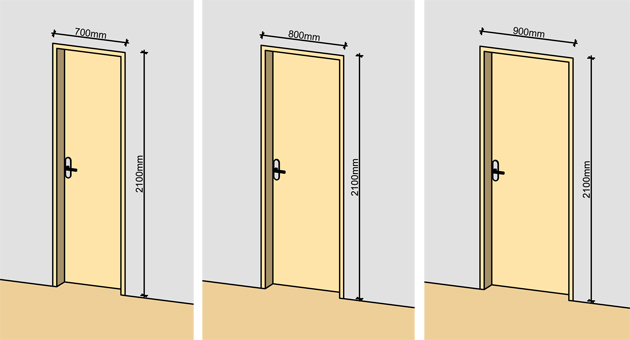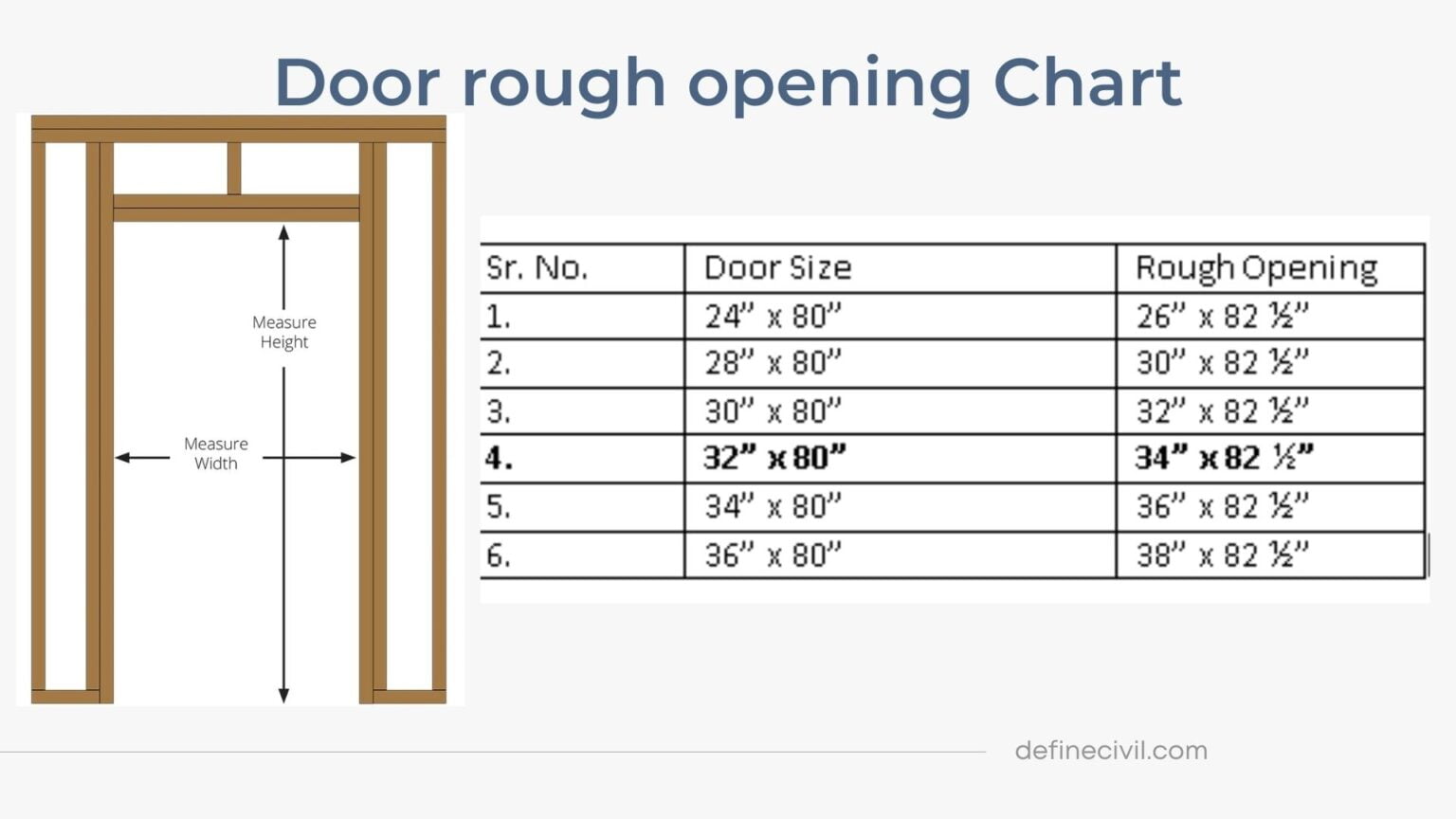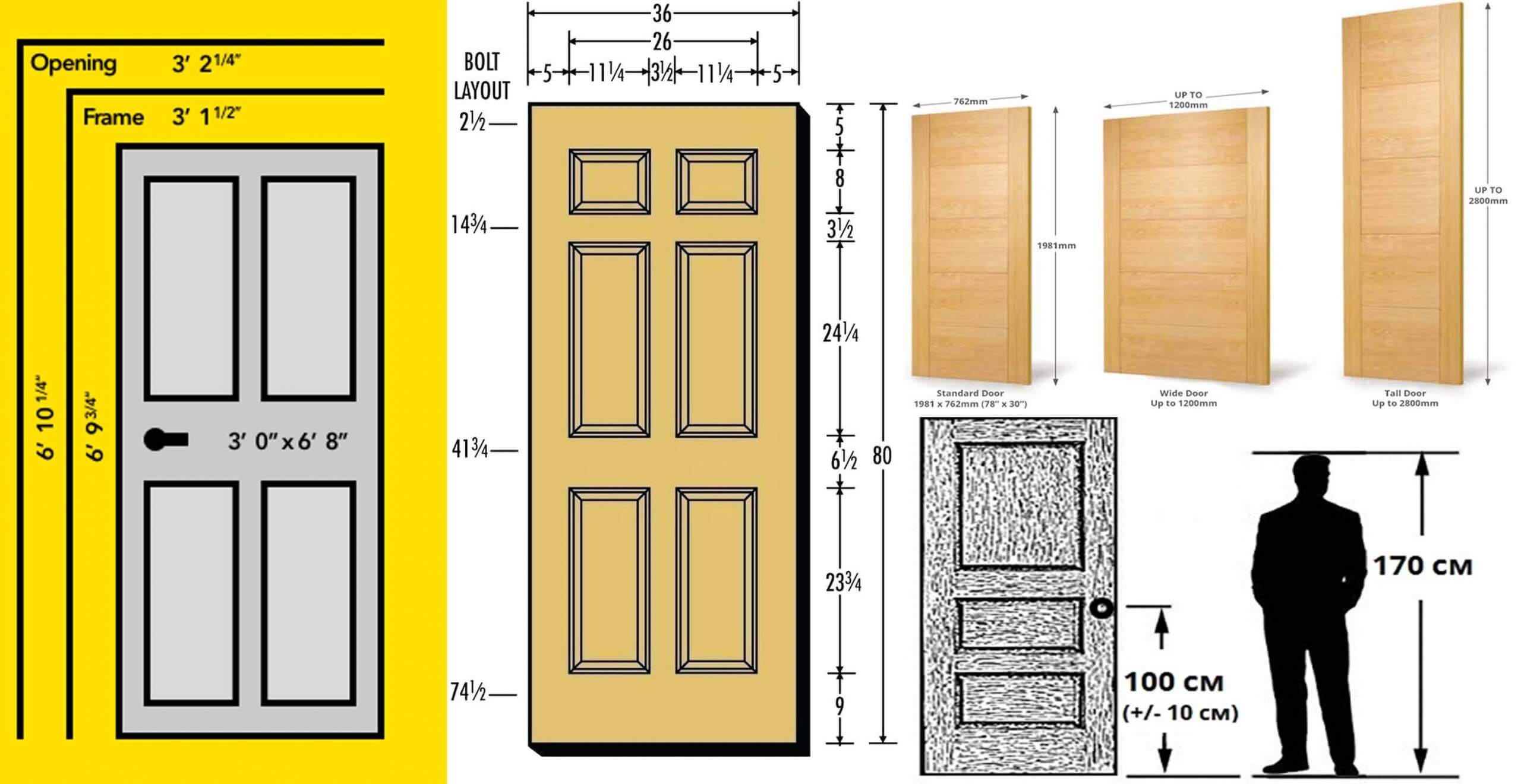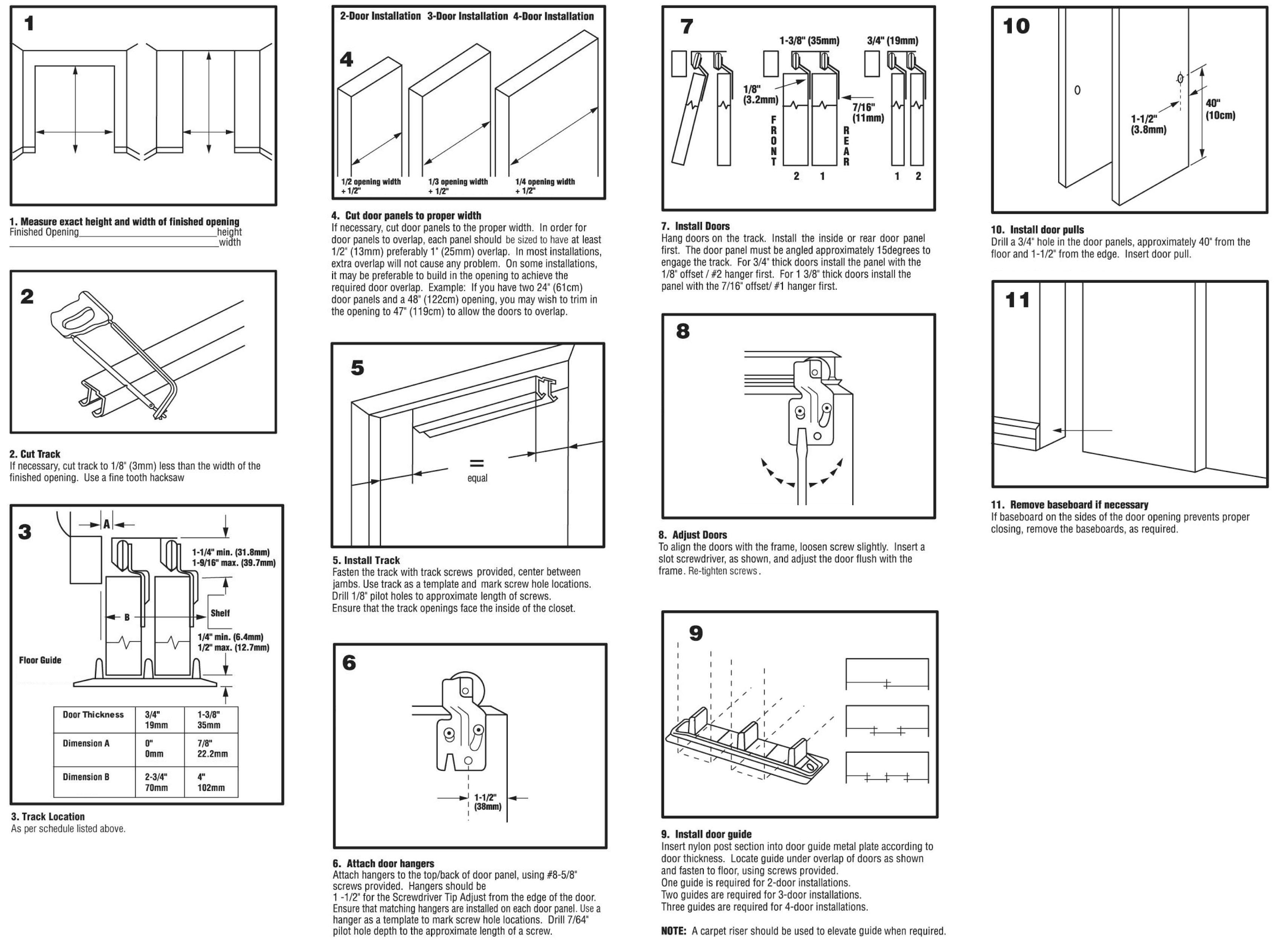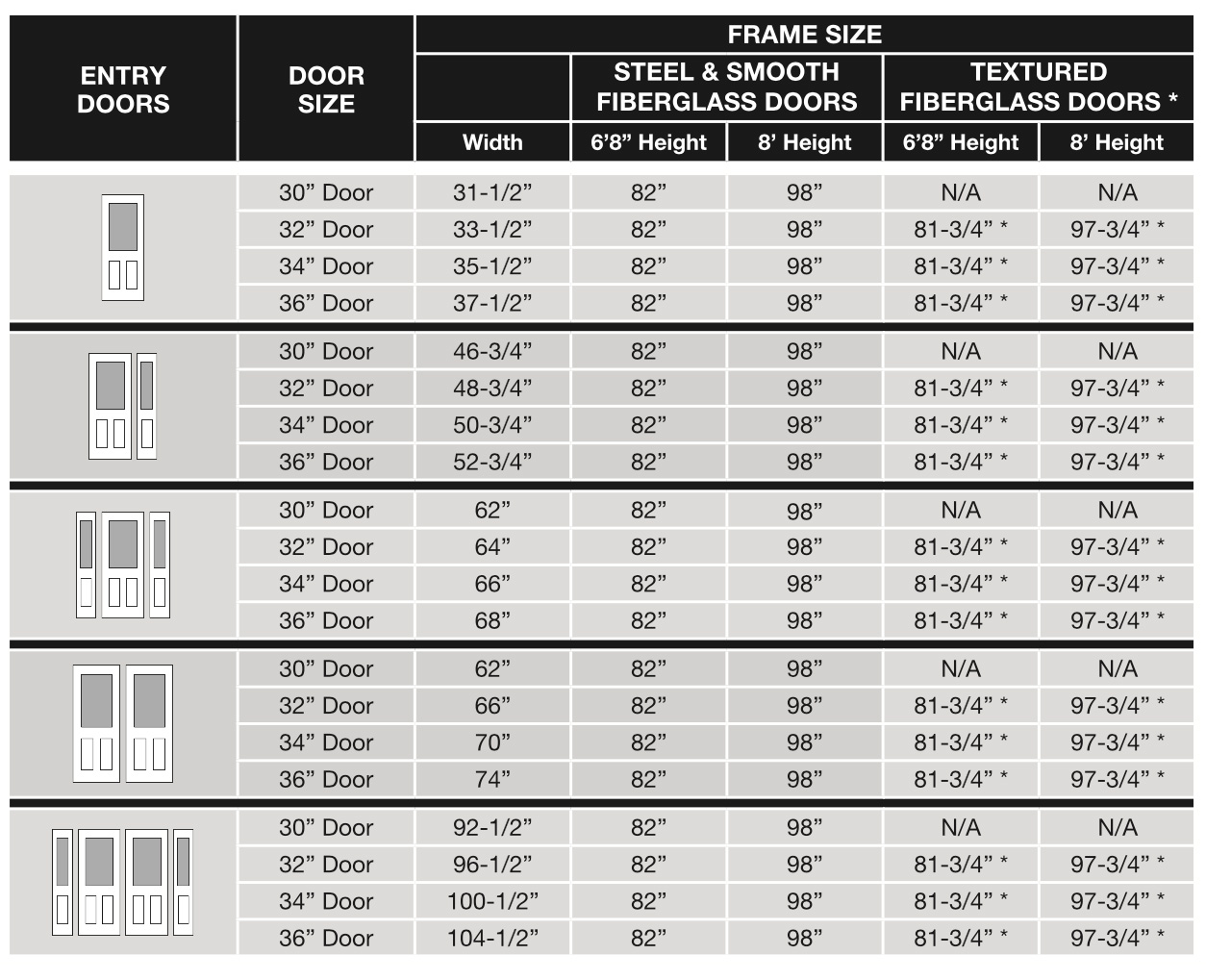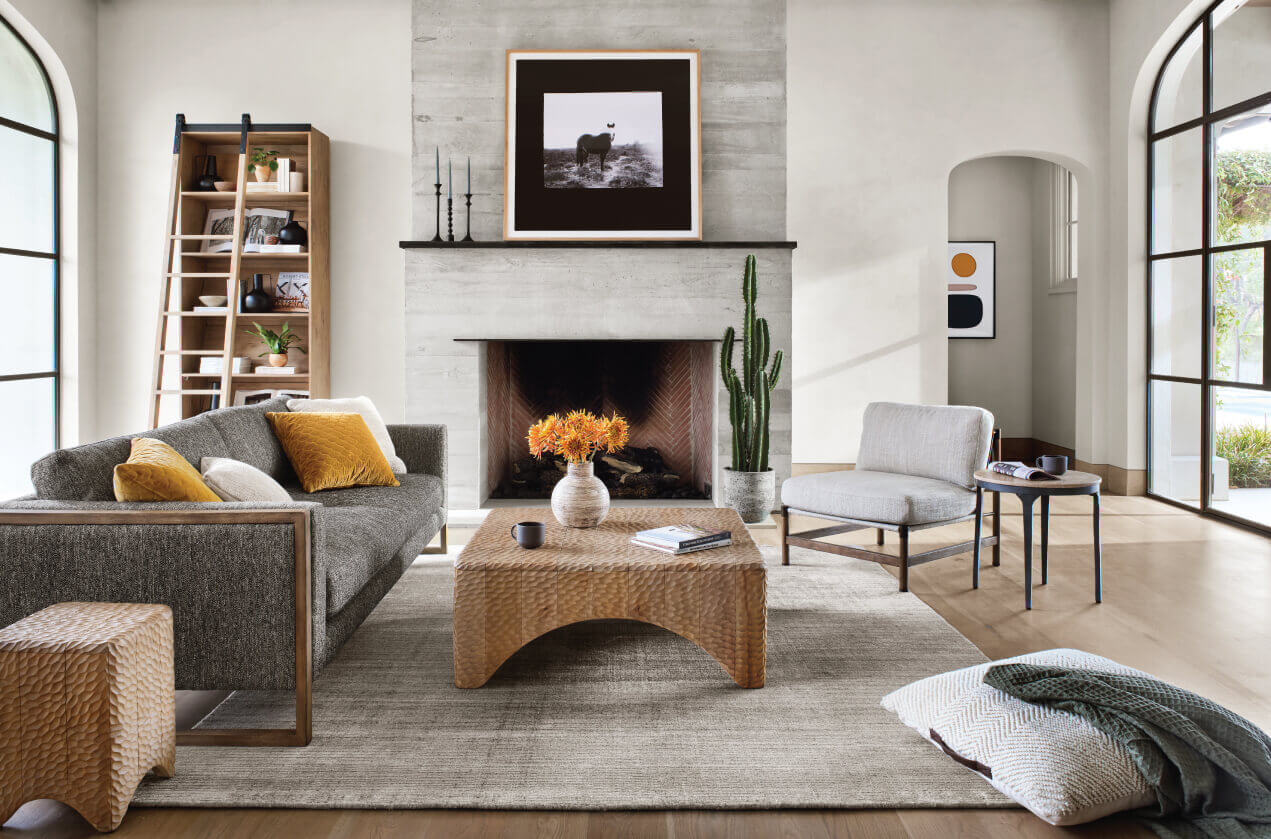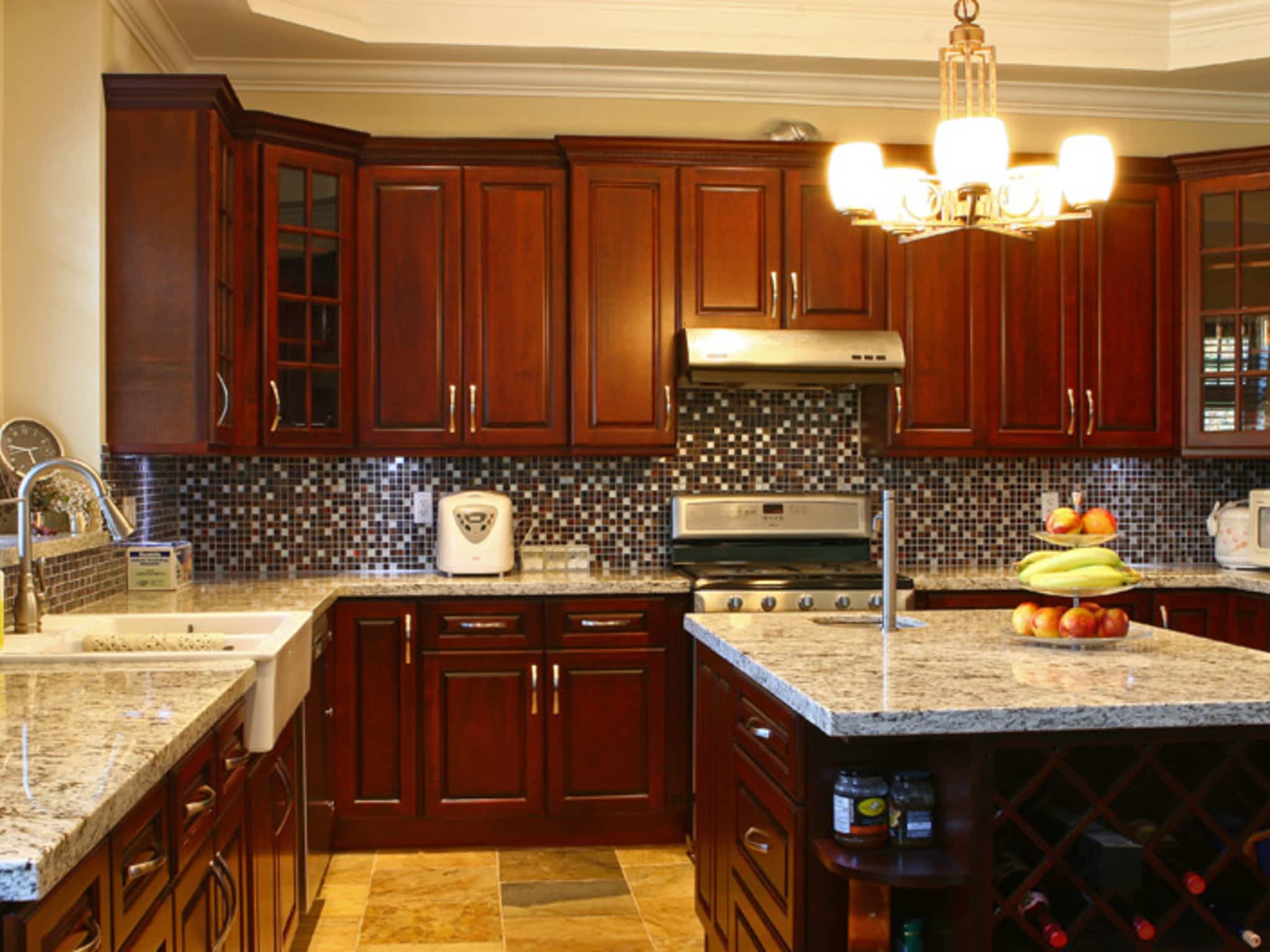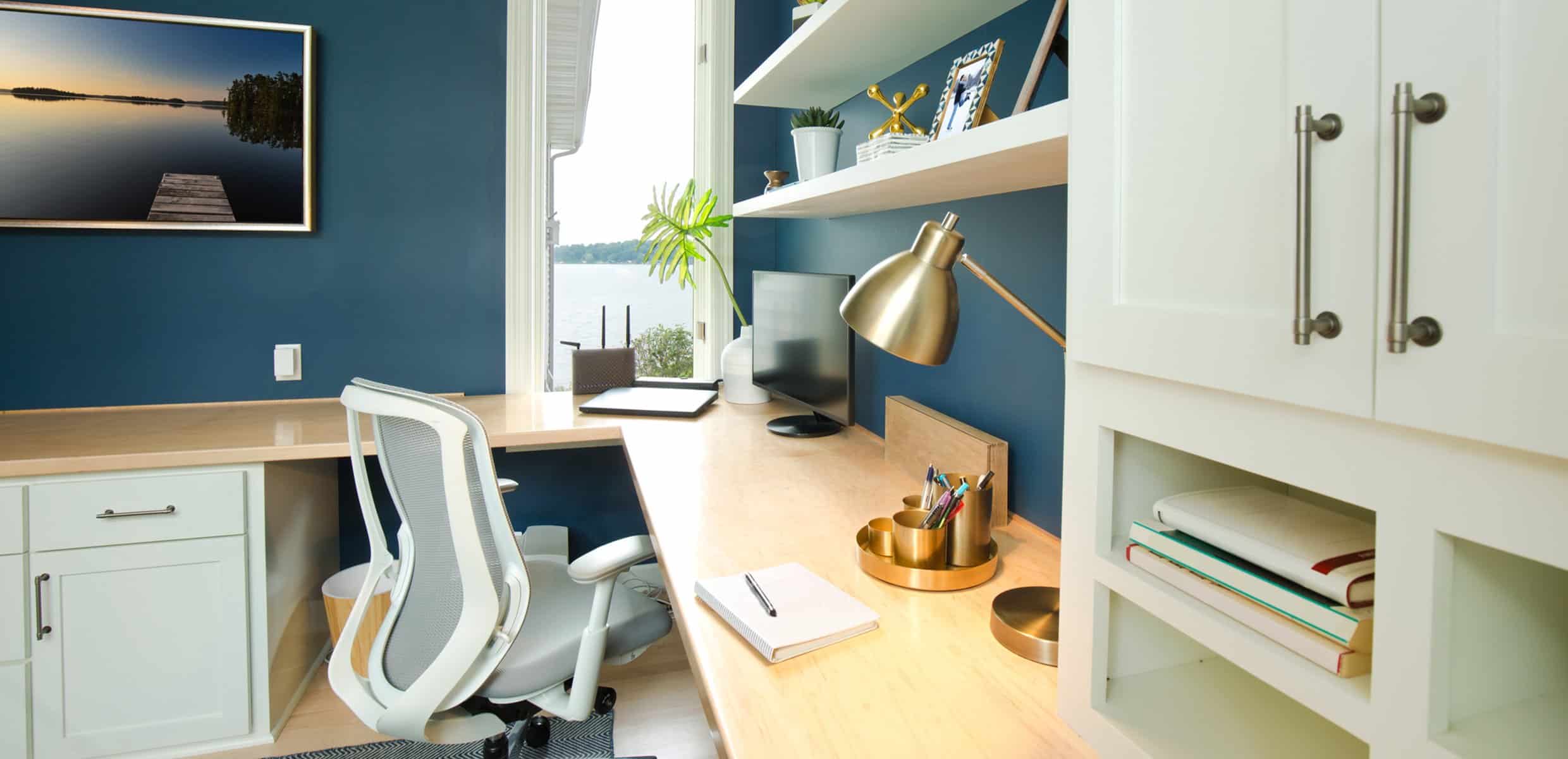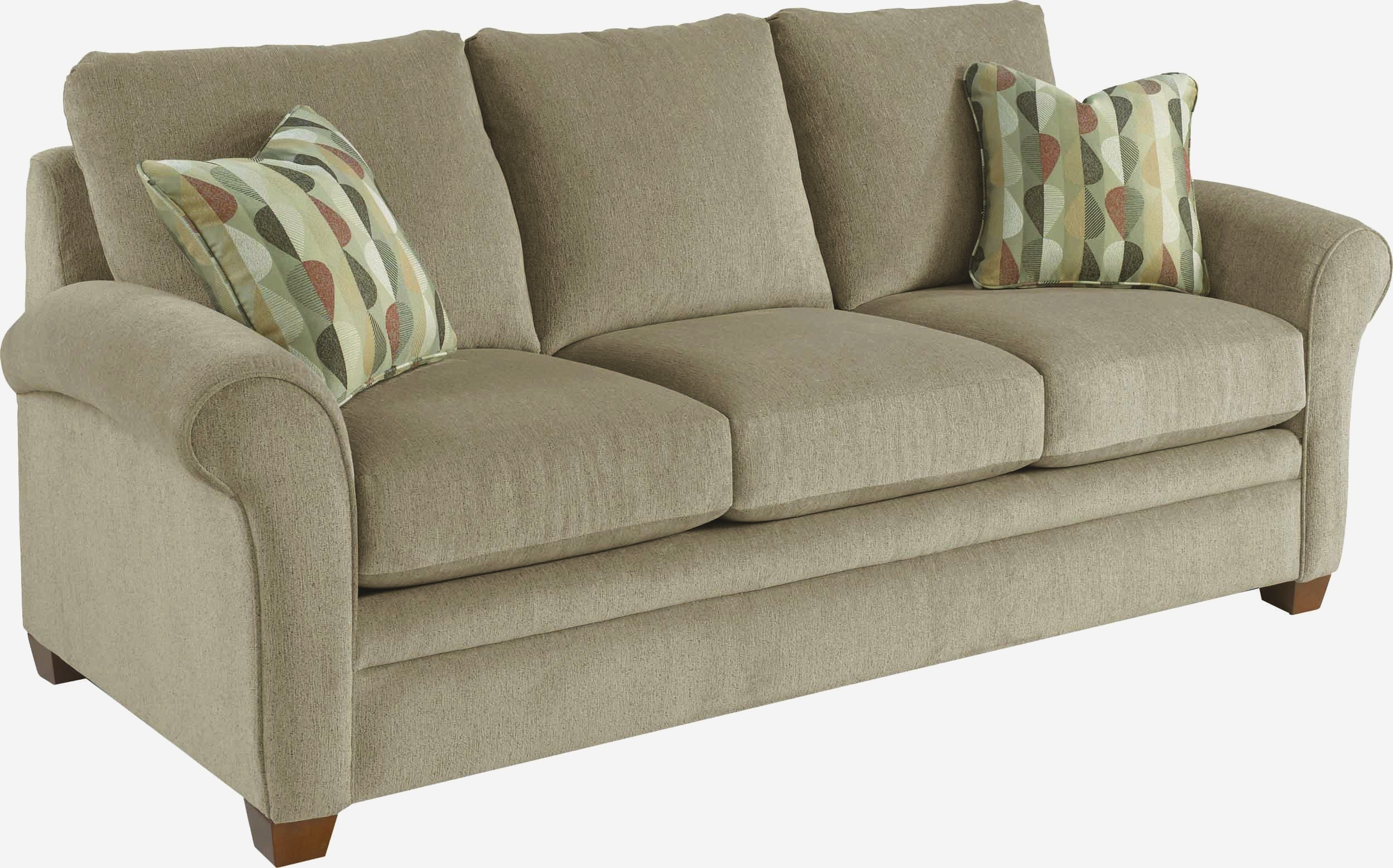When it comes to choosing the perfect interior door for your home, size matters. A door that is too small or too large can throw off the balance of a room and make it feel awkward. That's why understanding the standard interior door sizes is important when planning your interior design. Here are the top 10 interior door opening sizes to consider.Standard Interior Door Sizes
A 24-inch door is the most common size for interior doors and is typically used for closets and small rooms. It is also a popular choice for bathroom doors as it provides enough space for a person to enter and exit comfortably.1. 24-inch Door
A 28-inch door is slightly larger than the standard 24-inch door and is commonly used for bedrooms and other medium-sized rooms. It is also a popular choice for laundry room doors as it allows for larger appliances to be easily moved in and out.2. 28-inch Door
The 30-inch door is another standard size that is commonly used for bedrooms, bathrooms, and other medium-sized rooms. It provides a bit more space than the 28-inch door, making it easier for people to move furniture and other large items in and out.3. 30-inch Door
A 32-inch door is the standard size for most interior doorways in modern homes. It is commonly used for main entrances to rooms and provides enough space for people to easily enter and exit. This size is also wheelchair accessible.4. 32-inch Door
The 36-inch door is the widest standard interior door size and is commonly used for main entrances to larger rooms such as living rooms and dining rooms. It allows for furniture and larger items to be easily moved in and out and is also wheelchair accessible.5. 36-inch Door
Bifold doors are a popular choice for closets and small storage spaces. They consist of two panels that fold in the middle and are commonly 48 inches in width. This size allows for easy access to the contents of the closet or storage space.6. Bifold Doors
French doors, also known as double doors, are a stylish and elegant option for larger interior doorways. They consist of two doors that open outwards and are commonly 60 inches in width. This size allows for a wider entrance and adds a touch of sophistication to any room.7. French Doors
Pocket doors are a space-saving option for interior doorways. They slide into the wall, allowing for more space in the room. Pocket doors are commonly 36 inches in width, making them a great choice for rooms with limited space.8. Pocket Doors
Sliding doors are another space-saving option for interior doorways. They slide along a track and do not take up any space in the room. These doors are commonly 60 inches in width, making them a great choice for larger rooms.9. Sliding Doors
The Importance of Choosing the Right Interior Door Sizes
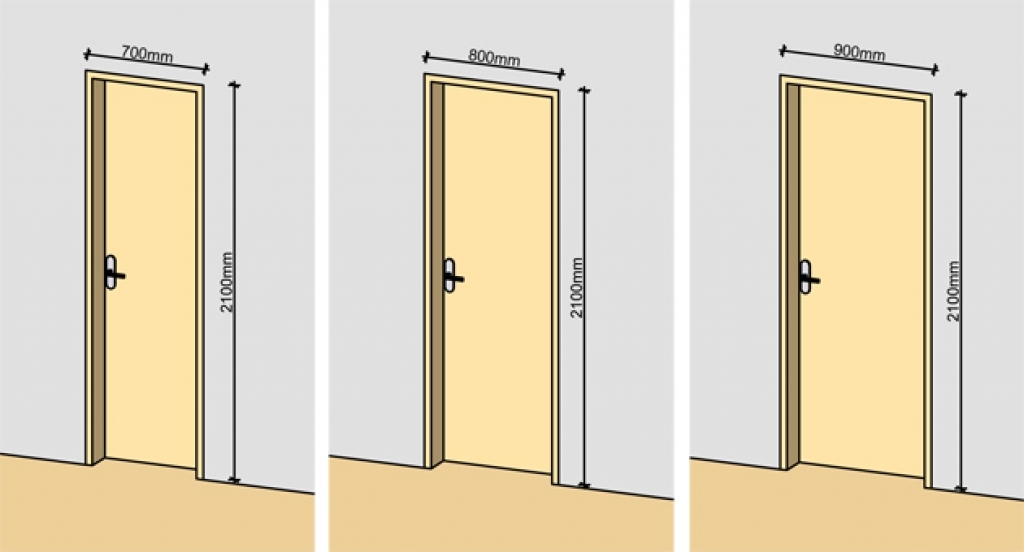
When designing a house, one of the most important yet often overlooked aspects is the size of interior doors. Interior doors not only serve as a functional component, but they also add to the overall aesthetic and design of a home. Choosing the right interior door sizes can make a significant impact on the flow, functionality, and overall appeal of your house. Let's take a closer look at why it's crucial to consider door sizes when designing your home.
Improving Flow and Functionality

The size of interior doors can greatly affect the flow and functionality of a house. A door that is too narrow can make it difficult to move furniture or large objects from room to room. On the other hand, a door that is too wide can take up unnecessary space and disrupt the flow of a room. By choosing the right interior door size, you can ensure smooth and efficient movement throughout your home.
Enhancing the Aesthetic

Interior doors are not just functional, they also add to the overall aesthetic of a house. Choosing the right door size can help create a cohesive and visually appealing design. For example, a larger door can make a room feel more open and spacious, while a smaller door can create a sense of coziness and intimacy. It's important to consider the overall style and design of your house when choosing interior door sizes to ensure a harmonious look.
Maximizing Space

In smaller homes or rooms, choosing the right interior door size is crucial in maximizing space. A narrow door can take up less space and allow for more room to maneuver within a tight area. Sliding doors are also a great option for saving space, as they do not require additional space for opening and closing. By carefully considering door sizes, you can make the most out of your available space and create a more functional and comfortable living environment.
Ensuring Accessibility
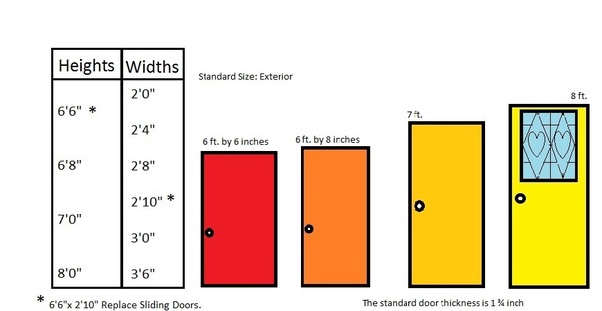
Another important factor to consider when choosing interior door sizes is accessibility. For individuals with mobility issues or those who use wheelchairs or walkers, wider doorways are essential for easy movement throughout the house. It's important to keep in mind accessibility when designing a house to ensure that it can accommodate all individuals regardless of their physical abilities.
In conclusion, interior door sizes may seem like a small detail in house design, but they can make a big difference in the overall look, feel, and functionality of your home. By carefully considering the size of your interior doors, you can improve flow and functionality, enhance the aesthetic, maximize space, and ensure accessibility for all. So next time you're designing a house, don't overlook the importance of choosing the right interior door sizes.





